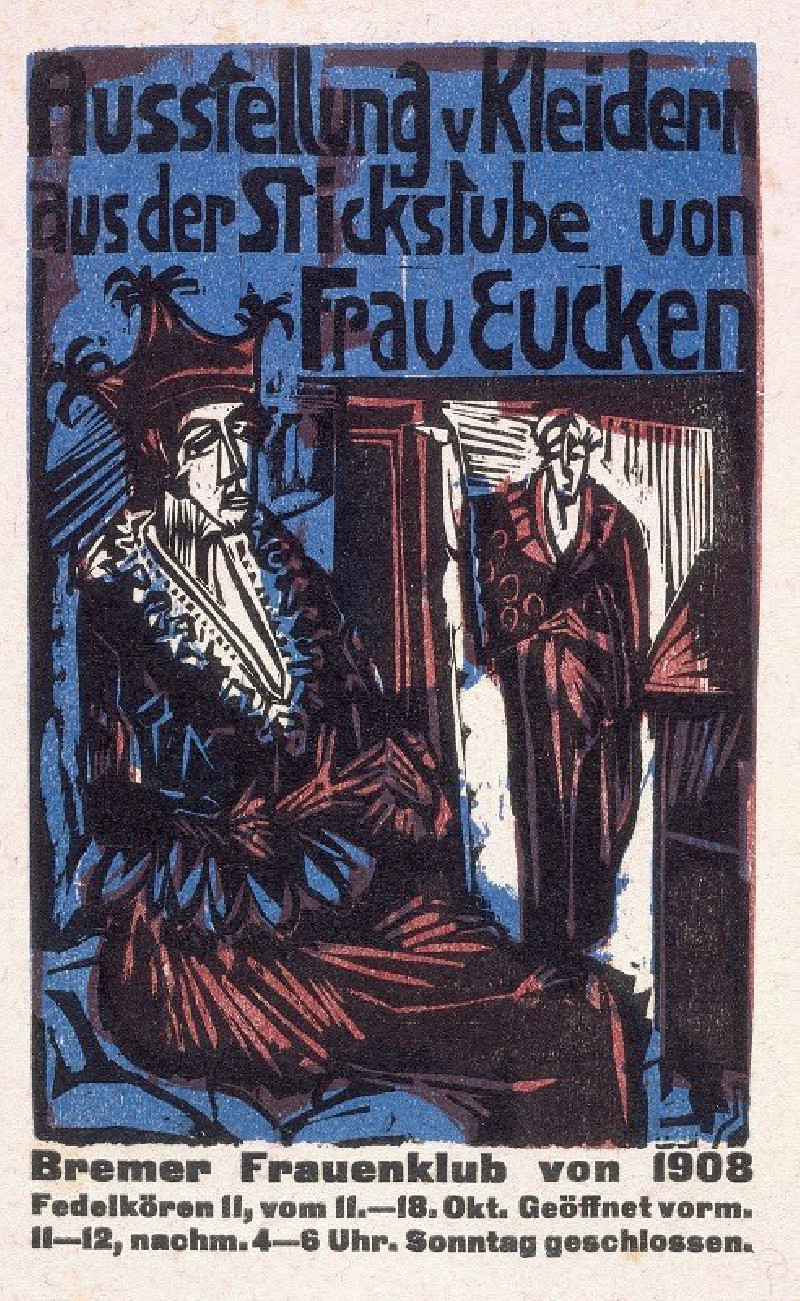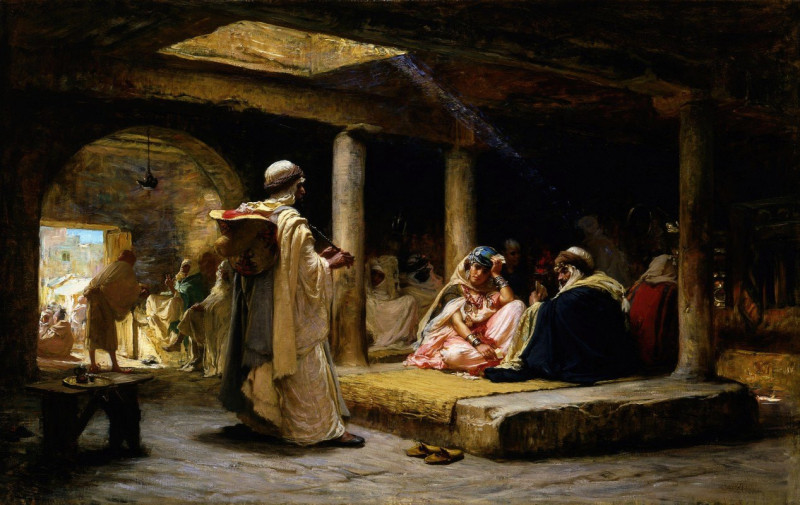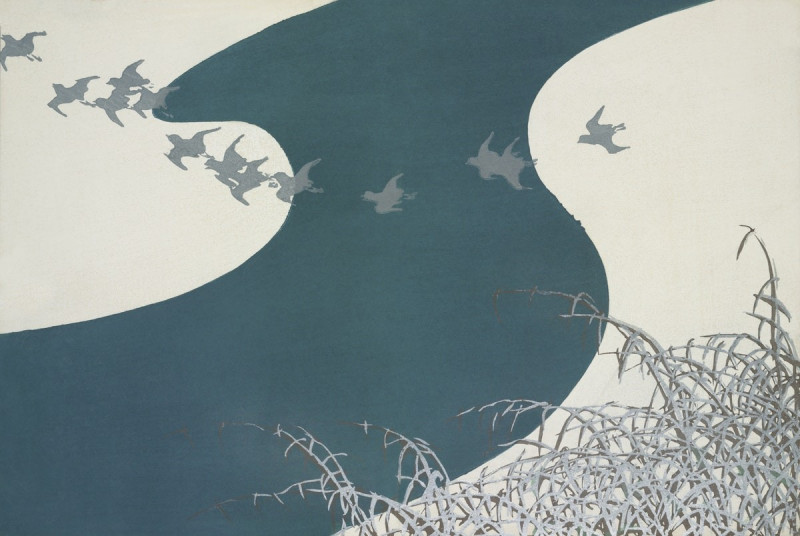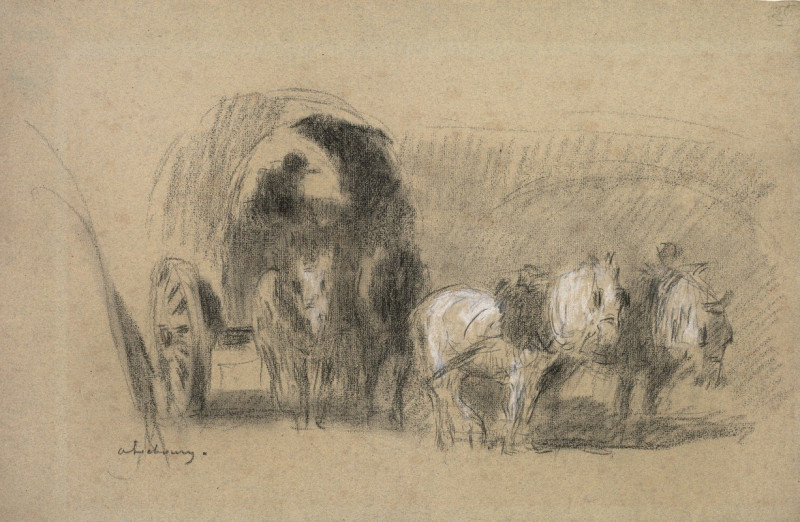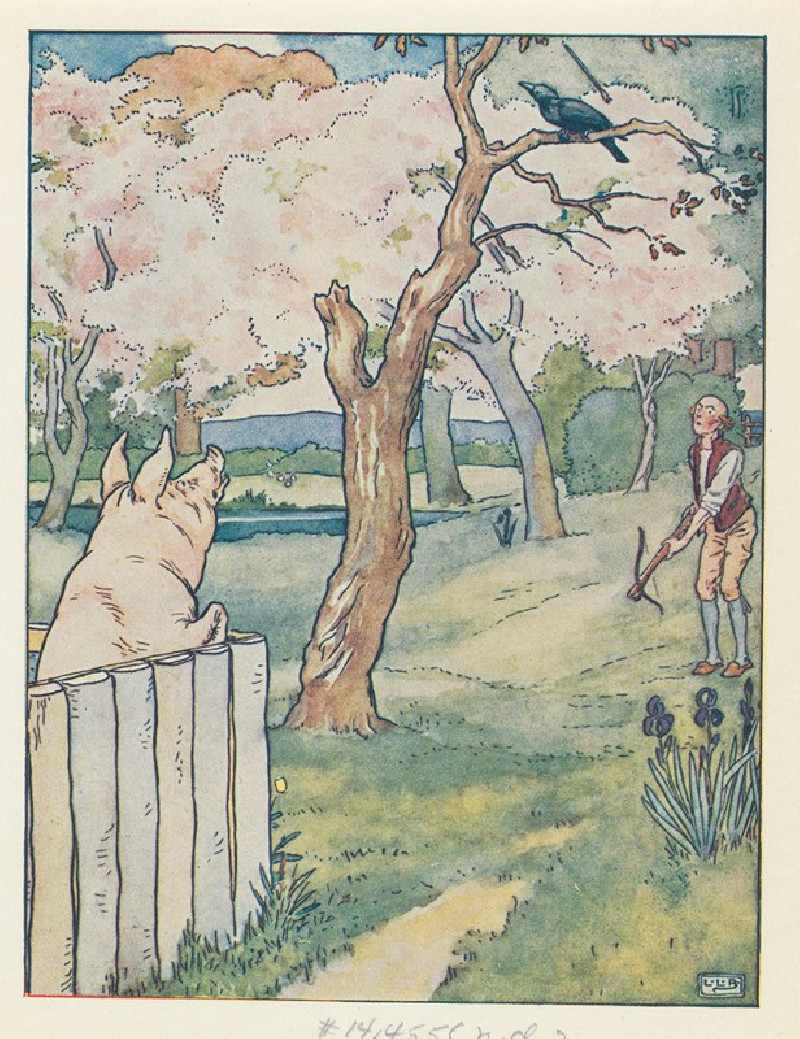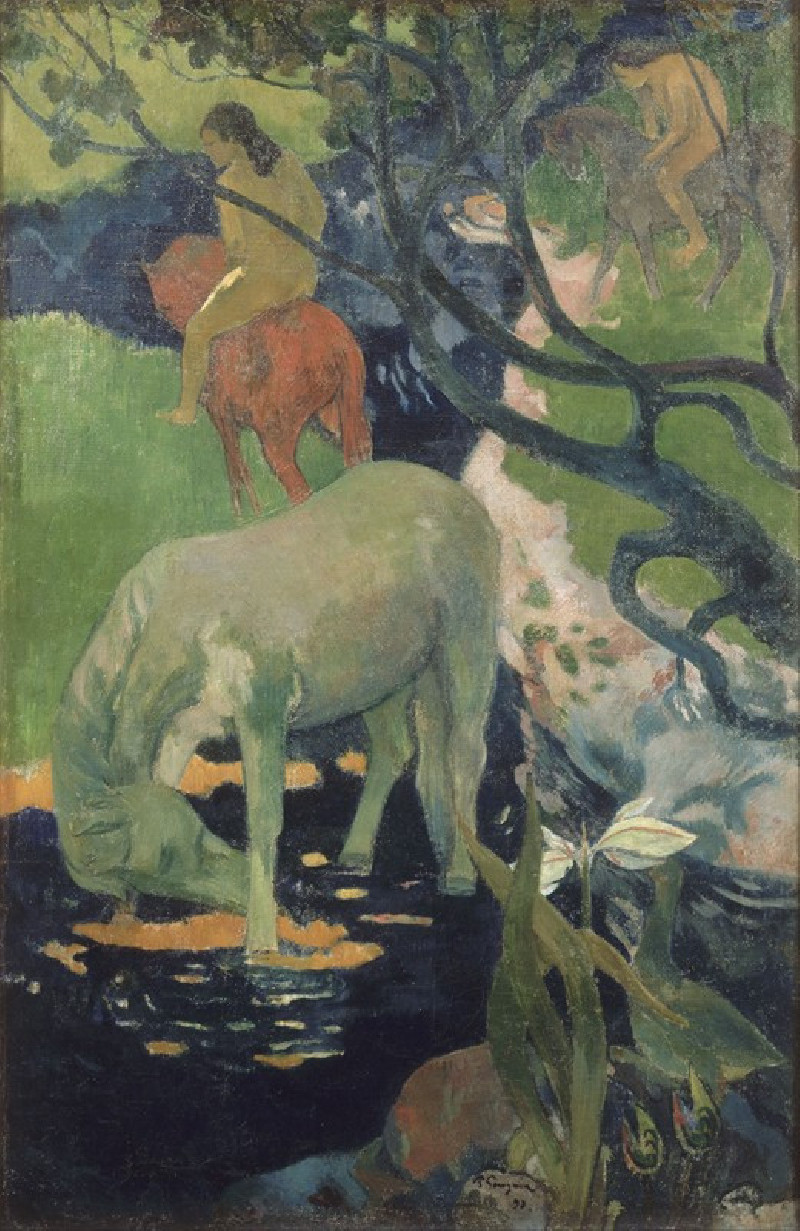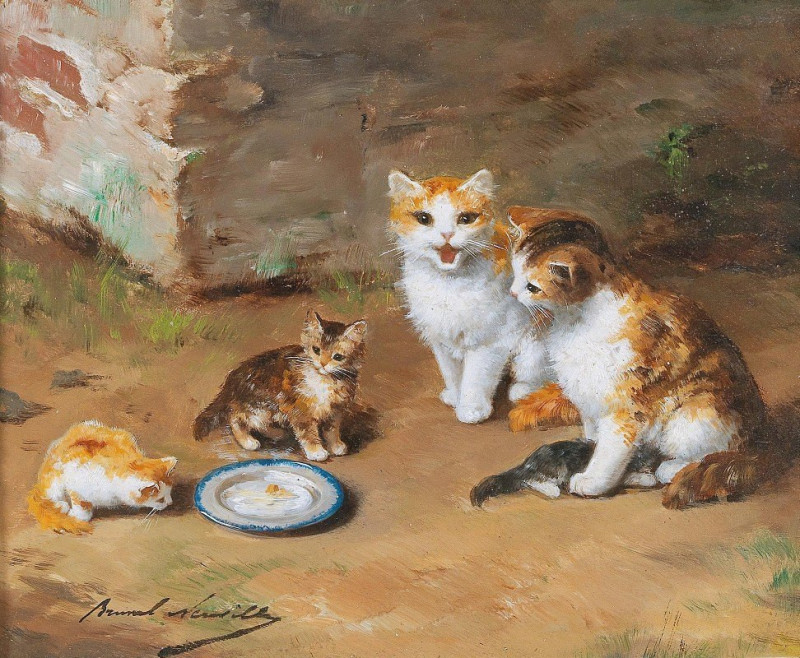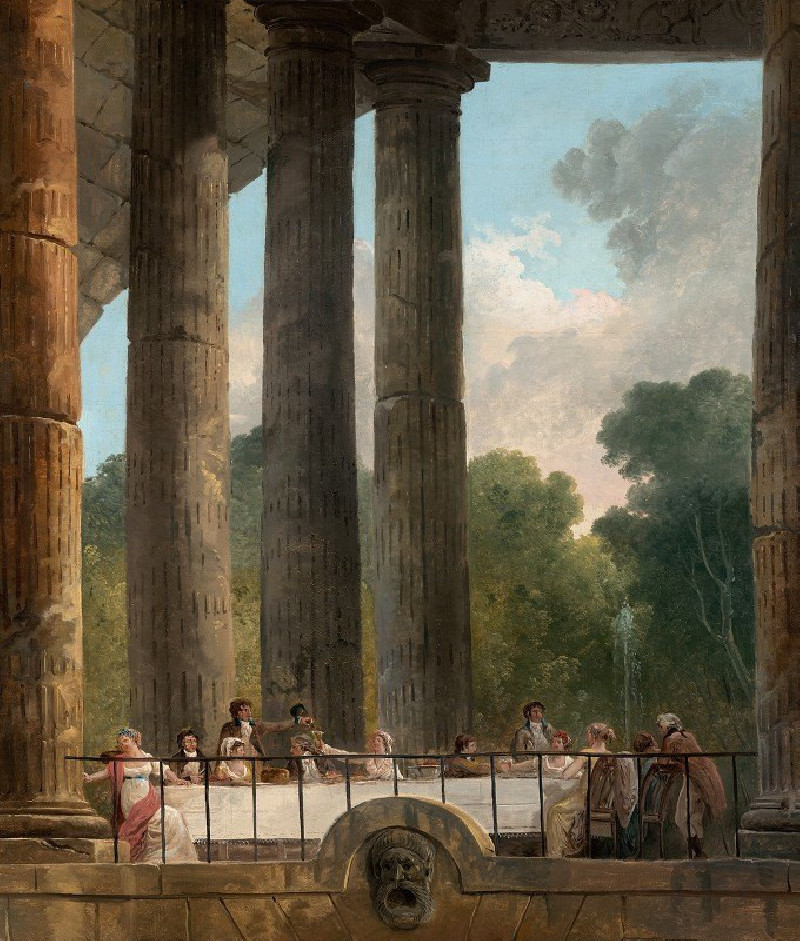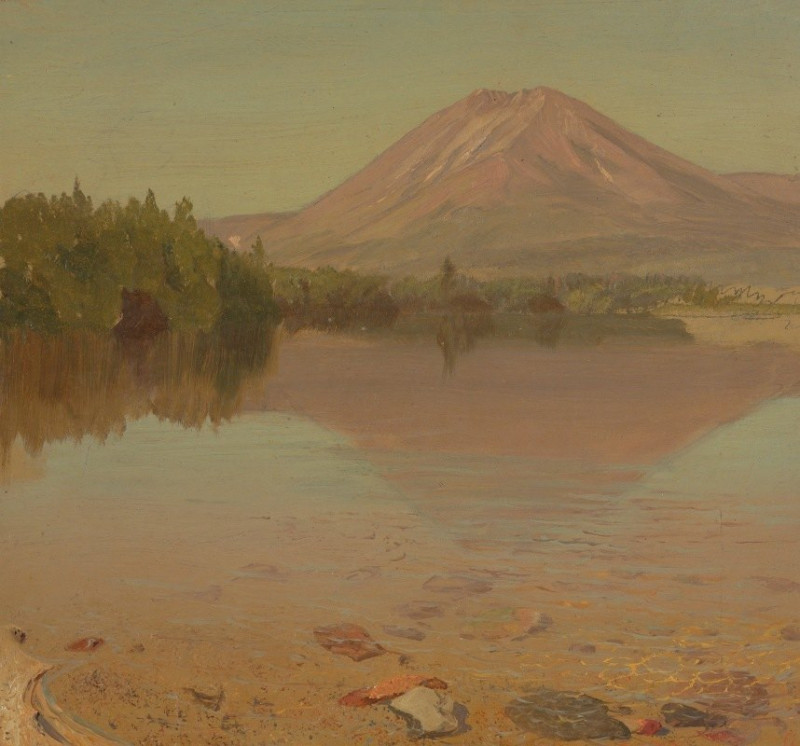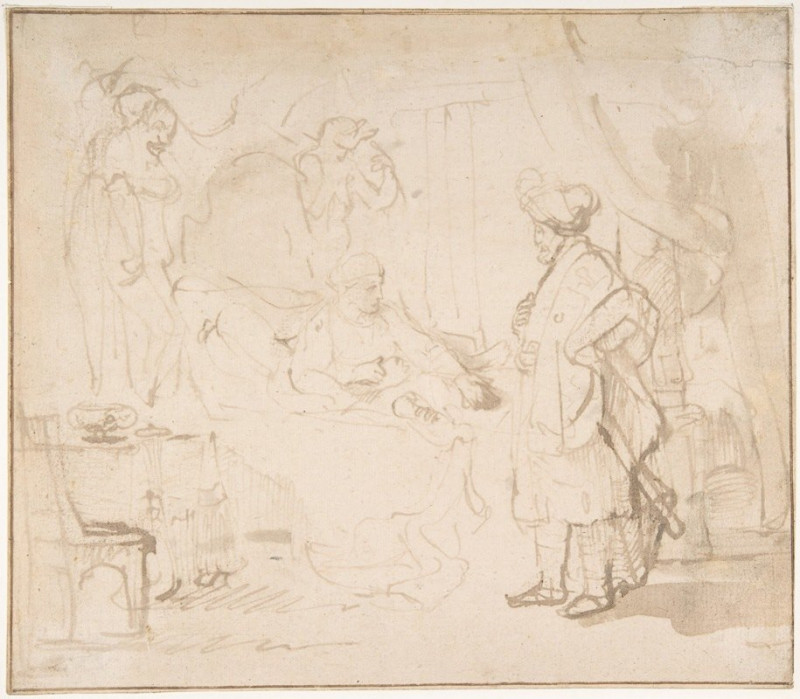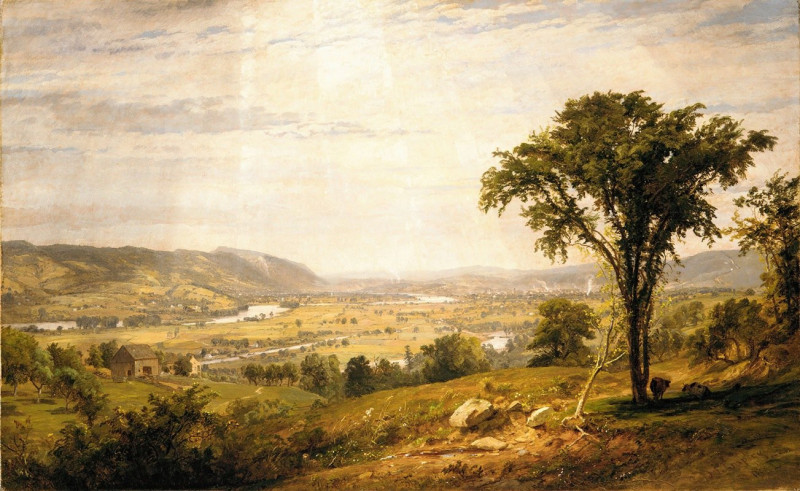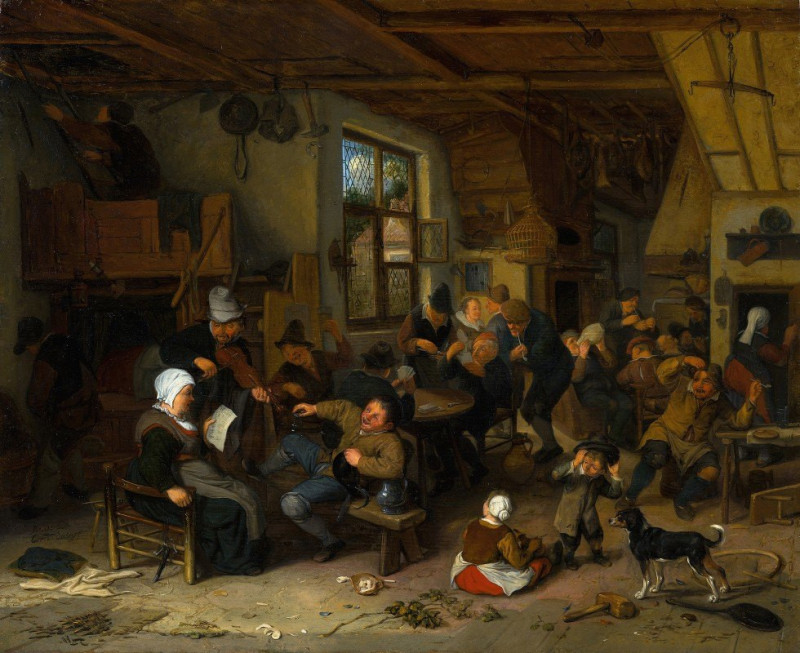Catalogue of the exhibition of dresses from the needlework salon of Mrs. Eucken (1916)
Technique: Giclée quality print
Recommended by our customers
More about this artwork
This striking artwork by Ernst Ludwig Kirchner, titled , vividly captures a scene from an early 20th-century dress exhibition. The composition features two main figures situated within an intimate yet revealing showroom setting. The inviting stance of these elaborately dressed characters seems to convey the prestige and meticulous craftsmanship of Mrs. Eucken's needlework salon.The use of bold color contrasts and expressive lines, characteristics of Kirchner's style, here emphasize the rich textures and intricate patterns of the dresses on display. The prominent blue and red hues contribute to a dynamic visual balance, catching the viewer's eye and guiding it through the intricate details of the garments and the interior.Kirchner's work not only highlights the art of fashion in its era but also subtly reflects the social and cultural nuances of the time. This piece is not just an advertisement for an exhibition but also an artistic celebration of craftsmanship and style brought forth through the medium of printmaking.
Delivery
Returns
Ernst Ludwig Kirchner (1880–1938) was one of the most important German Expressionist painters. He was a co-founder of Die Brücke, a group of German expressionist artists formed in Dresden in 1905. Die Brücke and Kirchner took inspiration from Vincent Van Gogh and Edvard Munch, as well as African and Oceanic art. They used woodblock printing as a medium to showcase their signature style: flat, unrealistic images with vivid colors. The recurring themes in Kirchner's artworks included exotic cultures, faraway landscapes, self-portraits, dancers and Berlin street life. His paintings and prints effectively portrayed non-European cultures despite the fact that he never traveled outside of Europe.

